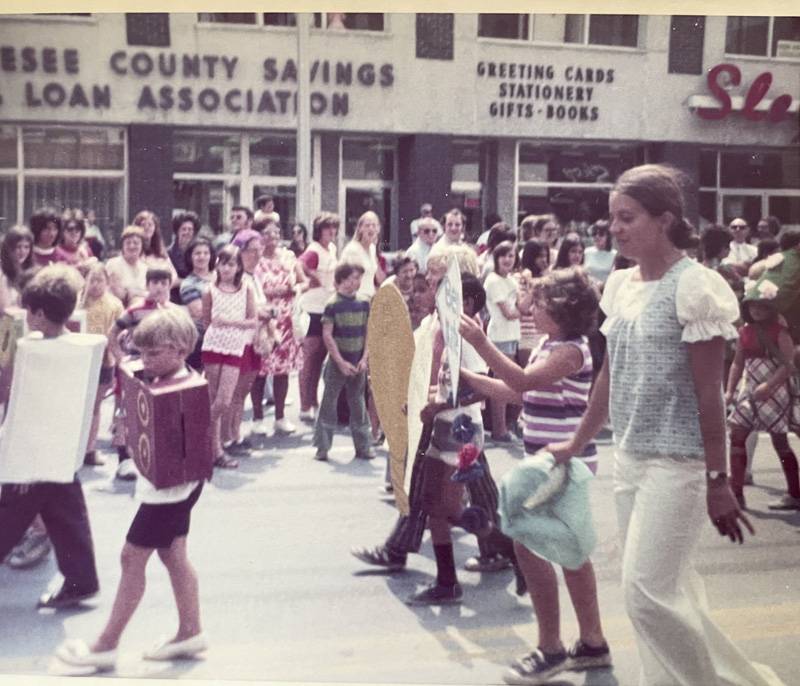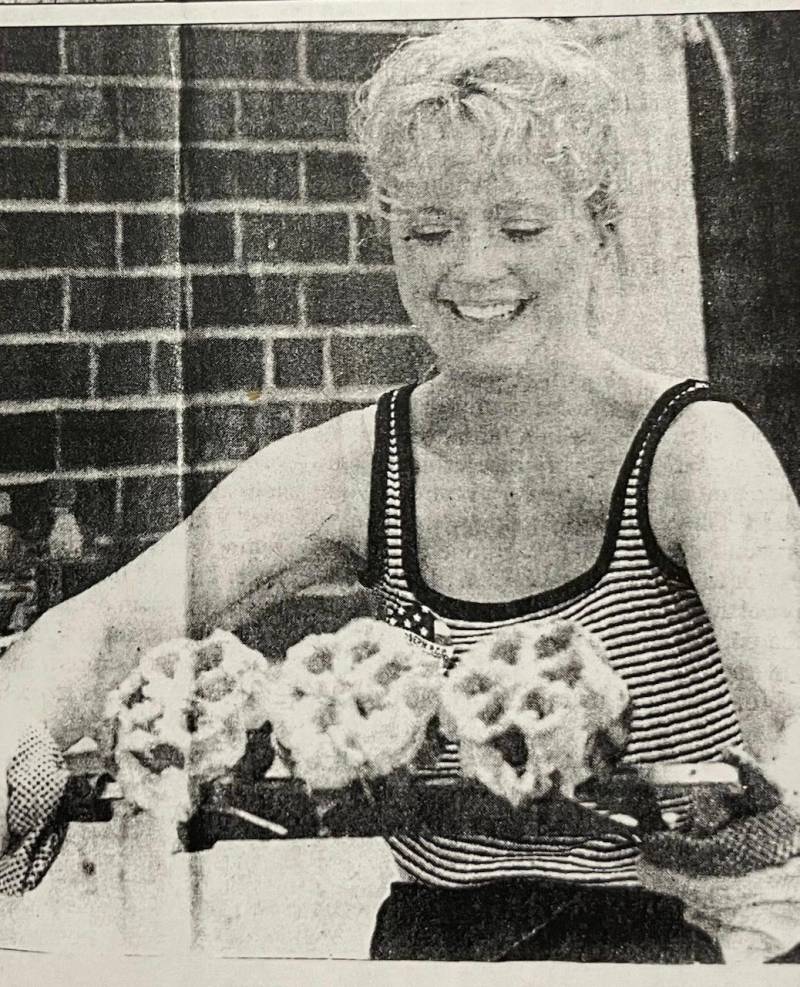
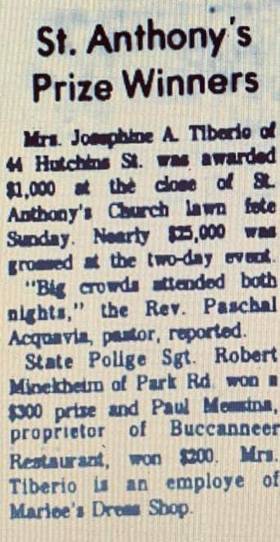
Summer highlights of the 60s included going to the neighborhood park, swimming in the afternoon at the New Pool, and attending the four lawn fetes scheduled throughout the summer.
The summer recreation program was divided into eight parks. Every neighborhood had a park, and the names of the parks all have a little local history.
Austin Park was named after George Austin, a jeweler who died in 1914 and left some of his money to be used to develop a public park.
Mrs. George Farrall gifted Farrall Park's land. The land was originally a pasture.
Kibbe Park is named after Chauncey Kibbe. In 1934, with the help of federal funds and purchasing land from Chauncey Kibbe, Kibbe Park was born.
John Kennedy Playground was formerly known as Cary's Woods. It was located on Vine Street. In 1954, the park was built on land sold from the city to the Batavia School District.
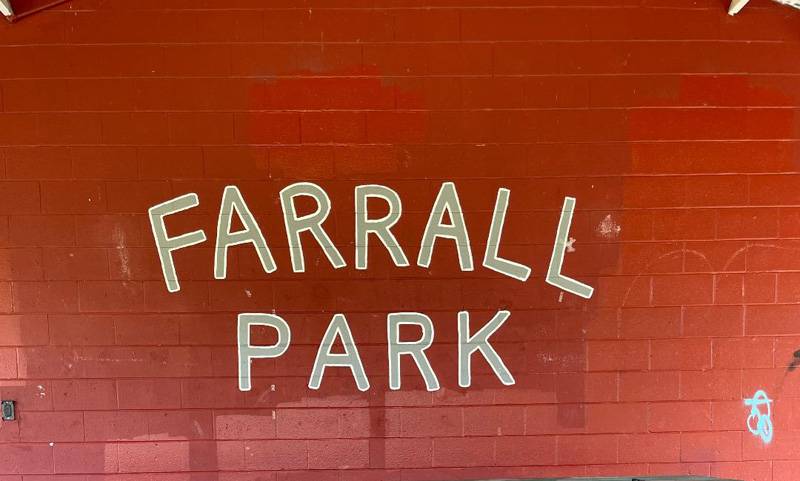
MacArthur Park got its name from Douglas MacArthur. During WWII, the city organized an air raid observation post with headquarters in the baseball dugout at the ballpark. In 1961, the city cleared a small land area and built a picnic shelter with tables and grills behind the stadium.
Pringle Park was named after Judge Benjamin. Pringle also had a playground that was used for the summer recreation program.
In 1927, Mr. and Mrs. Ernest Woodward from Le Roy gave the land along Richmond Ave. across from Robert Morris to the Batavia School District. This began the creation of Woodward Field. In honor of Mr. Woodward, his name is on the ticket booth, along with his good friend Andrew McWain, the editor of The Daily News at the time.
In 1915, the city owned a tract of land on Pearl Street that was left to the city in the will of Robert Williams. This was originally his farmland. Today, it is Williams Park.
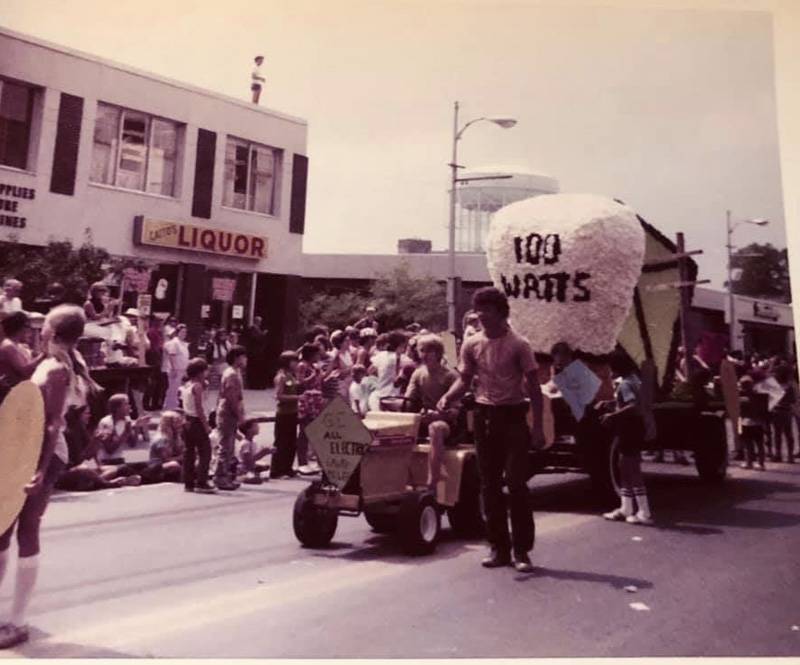
The parks were open from 9 a.m. to noon and then from 1 to 5 p.m. Your days were filled with baseball and volleyball games and arts and crafts, and the summer's culmination was the Park Parade. Main Street closed, and the streets were crowded with spectators and store employees. Your park was judged on your float and your scrapbook. You became proficient in making hundreds of paper crepe flowers and how to add the flowers to chicken wire. The goal of each park was to create a unique float to represent the park.
Friends were made for life at your neighborhood park.
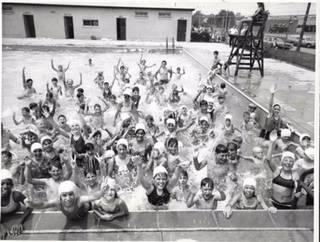
In 1959, the building contract was awarded to Ed Leising to excavate a choice piece of land in MacArthur Park. It would be the home of the new community pool. When it opened in 1962, another chapter of our childhood was created. It was a 60-foot by 100-foot pool that could accommodate 600 swimmers. Your afternoons were spent swimming in what I thought was the largest pool I ever saw. You rode your bike to the pool, paid your .25, and were given a key to a locker. When you left, you were given your quarter was returned, which we immediately used on one of the vending machines when we left the pool.
Another wonderful memory of summer in the 60s was the church picnics, or as many called the lawn fetes. St. Joseph's Church began the summer with its fete on the first June weekend. Rides, games, food, baked goods, and a beer tent were there. My favorite part was the mammoth parade that opened the weekend's picnic.
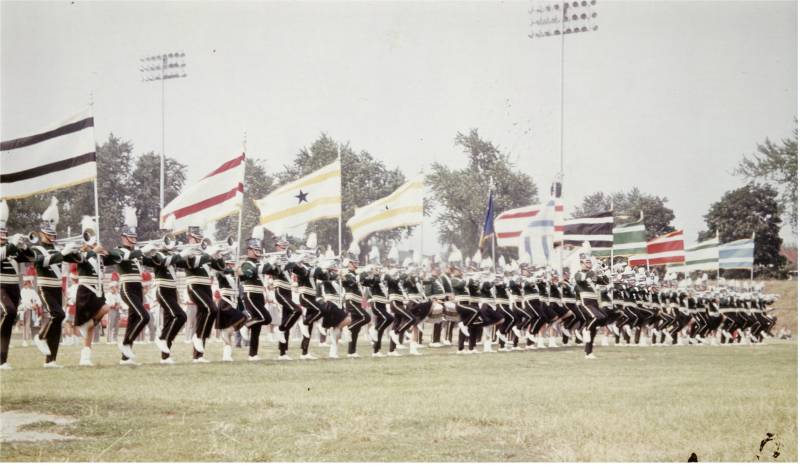
Our Mighty St. Joe's Drum Corps highlighted the parade. Main Street was packed with spectators. Parents and children in strollers lined Main Street. St. Joseph's Drum Corps was founded in 1931 by the Rev. T. Bernard Kelly, pastor of St. Joseph's Church in Batavia. St. Joseph's Drum Corps operated as a parade corps until the late 1950s, when it became a field competition corps. During the 1960s, Mighty St. Joe's rose to National and International prominence, consistently ranking among the top ten junior corps in the country.
The end of the lawn fete was marked by the lucky winner of the raffle ticket. You couldn't forget the grand prize, a new Cadillac that would be raffled at midnight Sunday evening. If you didn't want the Cadillac, you could choose $10,000.
St. Joe's wasn't the only church that had a lawn fete.
St. Anthony's had one on a smaller scale, but it was just as fun. I loved their baked goods booth. They also had a popular beer tent.
When our daughters were little, we would walk to the fete. I remember one year carrying our youngest daughter from the fish pond, screaming. She wasn't ready to leave, and when we got home, we discovered that she had a rubber fish in her hand from the fish pond.
Sacred Heart Lawn fete was very special to me because you could always find my wonderful father-in-law in the church garage counting money. He was always happy to give his granddaughters cash for the games. It was a smaller lawn fete, but every booth had a church member operating it year after year.
Every church supported the various lawn fetes. St. Mary's also had a Lawn Fete.
It was the community that benefited from the summer events. My memories span from when I was nine to when the last lawn fete was held in 2017. It ran for 61 years. When you think of our lawn fetes, you remember the long lines for the waffle booth or the smell of Italian sausage, pepper, onions, or, respectfully, Polish sausage being grilled at Sacred Heart's Lawn Fete. You got used to the sound of the game I've Got It or someone yelling Bingo.
So many of these beautiful memories are gone. I regret that children today will never experience the fun. We all remember walking the tarmac of the various lawn fetes, walking in their park parade with their float, or swimming in the New Pool. My heart is filled with great memories and the sadness of dealing with all the changes we baby boomers must accept.
As you read this today, I hope you smile and remember our summers in Batavia. Smile and be thankful we lived at a time when lawn fetes, the park program, and the New Pool filled our summer days.
Photos courtesy of Genesee County History Department.
